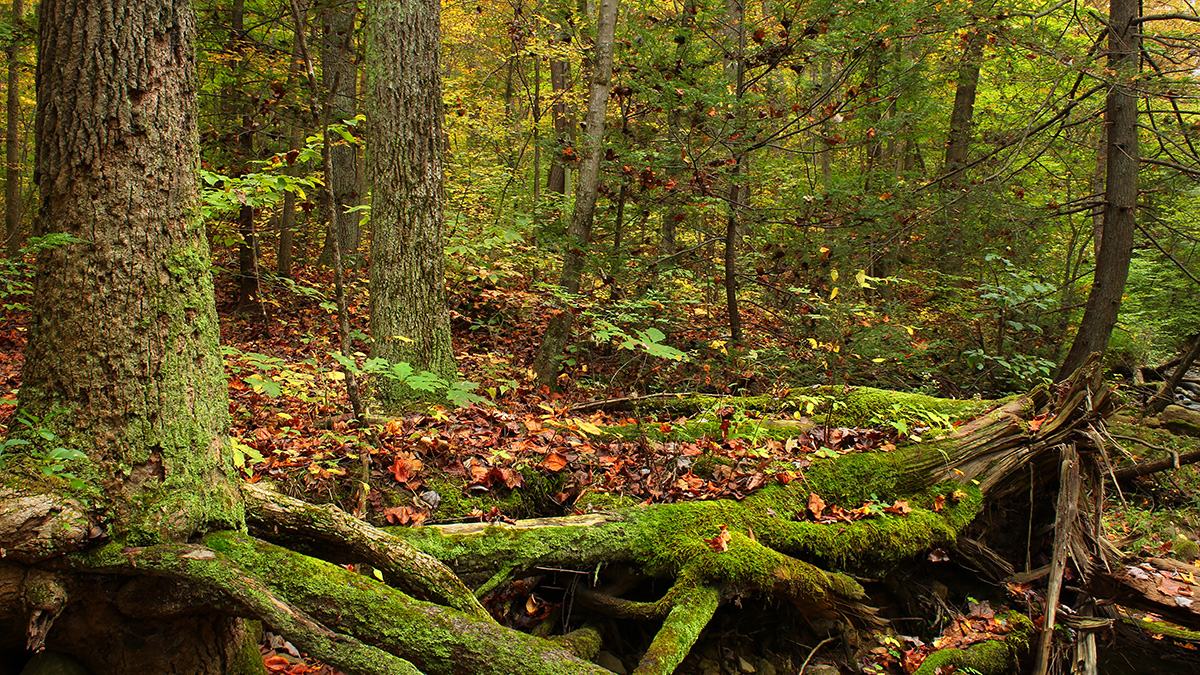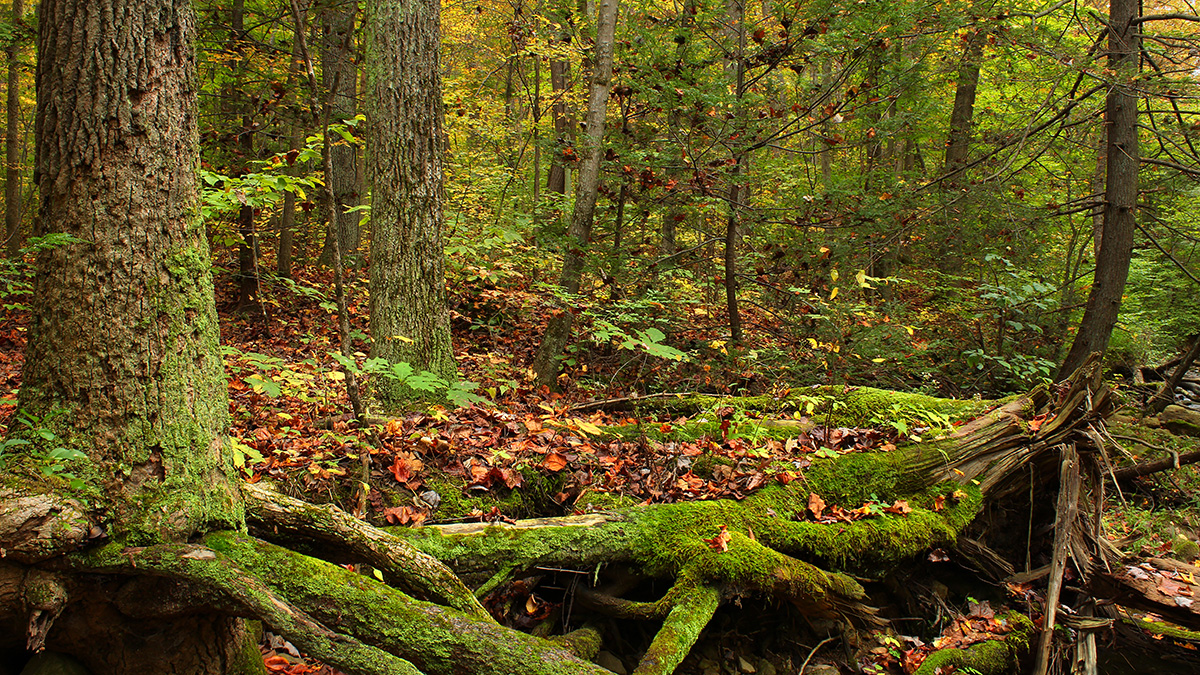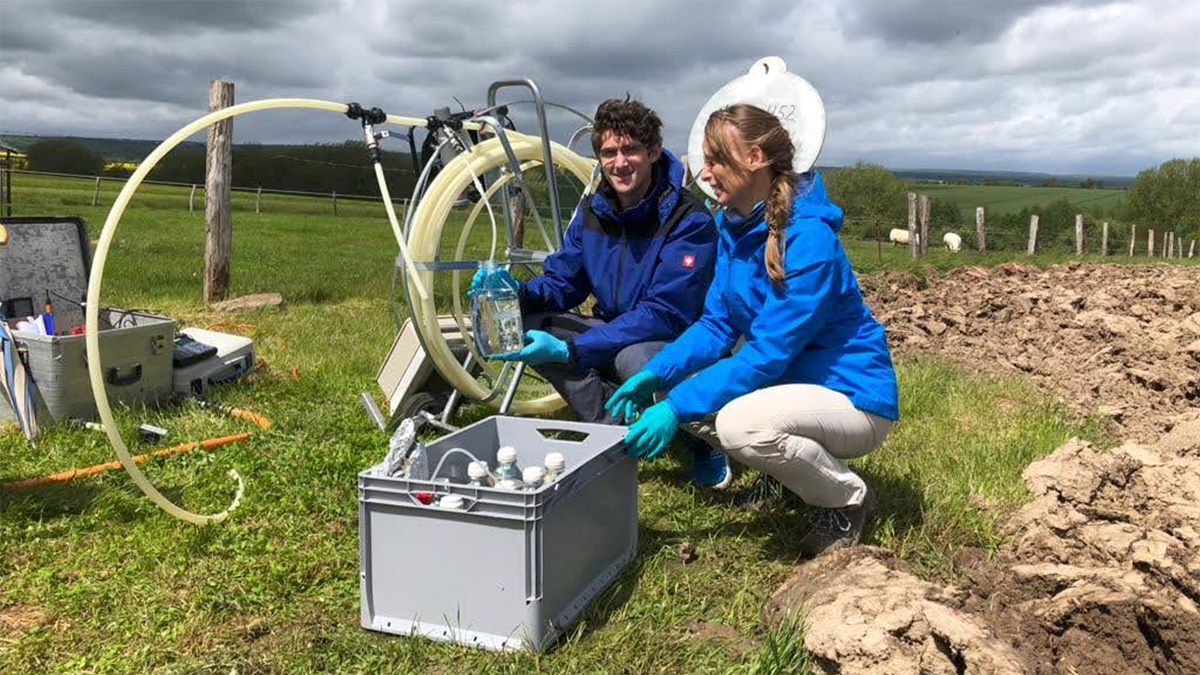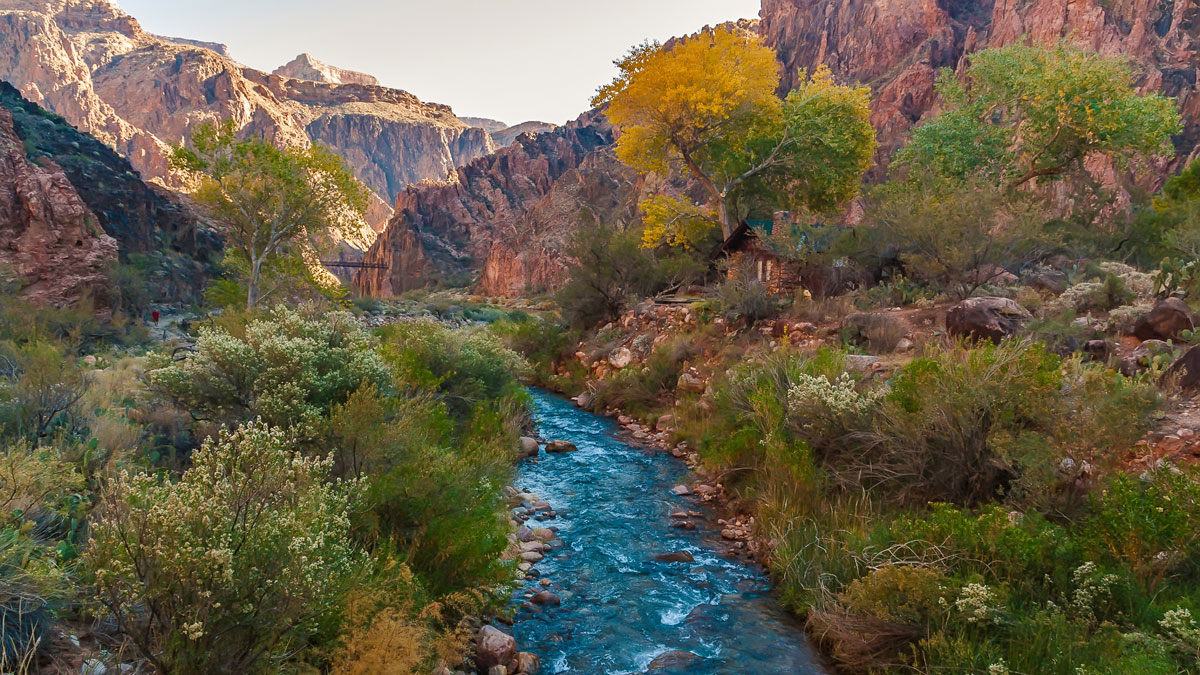Complex changes in land use, land cover, climate, and demographics are combining to stress water security for millions of people in the region.
Critical Zone
Earth’s Critical Zone Remains a Mystery Without its People
Achieving the UN Sustainable Development Goals may only be possible if human activities are central to critical zone science.
Solar Panels Nurse Desert Soil Back to Life
Cultivating delicate soil crust in the shade of solar panels might boost the recovery of arid land.
Envisioning a Near-Surface Geophysics Center for Convergent Science
A recent effort identified how a proposed near-surface geophysics center integrating research and teaching could address critical challenges and promote community engagement and cultural change.
To Estimate Plant Water Use, Consider the Xylem
New research shows that chemical isotopes from plant xylem can improve representations of the forest water cycle.
The World’s Roots Are Getting Shallower
Root-filled soils are hot spots of nutrient cycling and carbon storage. New research finds that the world has lost millions of cubic meters of rooted soil volume—and we’re on track to lose much more.
Groundwater May Fix as Much Carbon as Some Ocean Surface Waters
Microbes from wells as deep as 90 meters created organic carbon at a rate that overlaps with some nutrient-poor spots in the ocean.
Impact of Climate on River Chemistry Across the United States
Findings of a new study have implications for water quality, aquatic ecosystem health, and water treatment and management as the world warms.
Small Catchments Sustain Silicon Signatures Following Storms
Watersheds have unique patterns of silicon export due to differences in subsurface water routing and biogeochemical reactions.










